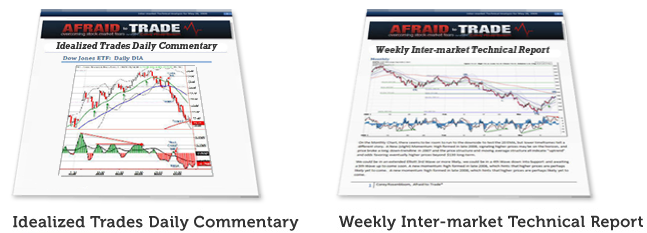A Longer Term View of our Collapse in Market Volatility
We know that volatility is lower in our current environment, but by how much… and what does it mean?
Is it going to change or stay this way forever?
Let’s take a quick look:

First, take a moment to view my prior update “Charting How Volatility has been Zapped from our Current Market” for a closer (shorter-term) view.
The perspective above uses the Weekly Chart going back to the birth of the current multi-year bull market.
What we’re seeing in the indicator beneath price is the percentage change per week in the S&P 500.
I drew a horizontal line at the +4% and -4% levels for reference and also drew a “triangle” or compressing trendline to pinpoint the ongoing compression in weekly range (volatility).
The last time we saw a week down more than 5% was right at January 2016 and then one more week like that exactly two years ago this same week in August 2015.
We’ve not seen a 5% up-week – despite the ongoing bull market – since January 2013 (and before that – December 2012).
Volatility was much higher at the end of the 2008 Bear Market and the beginning of the 2009 Birth of the Bull Market.
In a sense, low volatility is good (especially for longer-term investors) because it reduces portfolio fluctuations and is part of an ongoing stable bull market.
Intraday and swing traders prefer higher volatility environments – in bull or bear swings – and thus don’t tend to make as much money during extended low volatility environments.
Again, check the prior post for quick ways to adapt to low volatility environments.
We can’t change the market – we can only play the hands (and trades) the market deals us.
Follow along with members of the Afraid to Trade Premium Membership for real-time updates and additional trade planning.
Corey Rosenbloom, CMT
Follow Corey on Twitter: http://twitter.com/afraidtotrade
Corey’s book The Complete Trading Course (Wiley Finance) is now available along with the newly released Profiting from the Life Cycle of a Stock Trend presentation (also from Wiley).”

